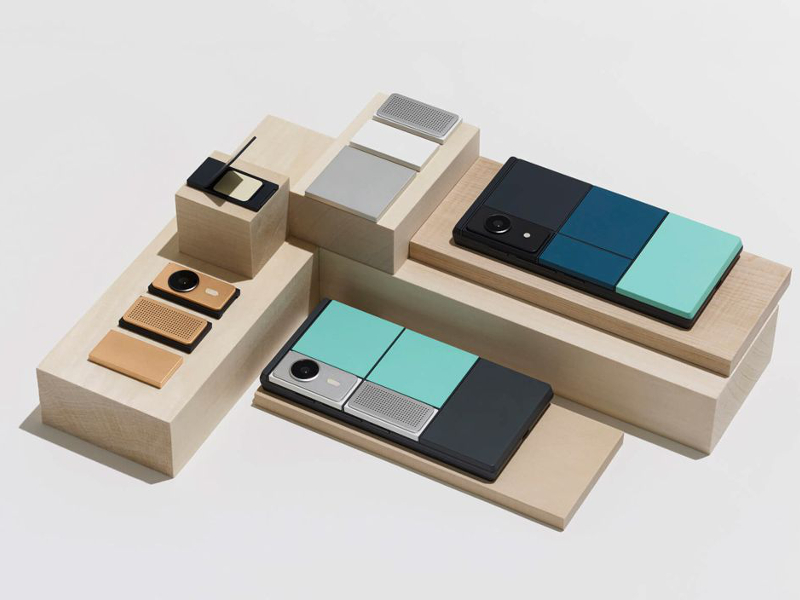-
Tips for becoming a good boxer - November 6, 2020
-
7 expert tips for making your hens night a memorable one - November 6, 2020
-
5 reasons to host your Christmas party on a cruise boat - November 6, 2020
-
What to do when you’re charged with a crime - November 6, 2020
-
Should you get one or multiple dogs? Here’s all you need to know - November 3, 2020
-
A Guide: How to Build Your Very Own Magic Mirror - February 14, 2019
-
Our Top Inspirational Baseball Stars - November 24, 2018
-
Five Tech Tools That Will Help You Turn Your Blog into a Business - November 24, 2018
-
How to Indulge on Vacation without Expanding Your Waist - November 9, 2018
-
5 Strategies for Businesses to Appeal to Today’s Increasingly Mobile-Crazed Customers - November 9, 2018
Google’s Project Ara a Bust: Customizable Phonebloks’ Design Needs Improvement
The creator of Phonebloks Dave Hakkens has criticized Google’s Project Ara. His aim was to reduce the e-waste and give the consumer the freedom to upgrade the smartphone without burning a hole in the pocket. Each component conforming the phone’s skeleton would be separated from other modules, making it possible to replace broken “blocks”, to expand any device’s functionality or to upgrade a specific block. Everything happens under the umbrella of Google.
Advertisement
Project Ara does have the same vision. And one of those people nonplussed with Ara is the person behind Phonebloks, a similar modular phone concept.
The Android-powered phone will have a skeleton that houses all of the basic phone functions, including CPU, GPU, antennas, sensors, battery and display and then users can get creative with the modules they snap on and off. There is space on the phone for six regular size modules or 2 double-sized modules and 2 regular ones.
After that, Google announced plans to bring such a phone to the market and called it Project Ara and years later, Google has announced that the modular smartphone will finally be released next year.
Moreover, the Dutch creator of Phoneblocks has said that the only 6blocky modules of the phone are those placed at the back of the phone and they are just changeable components (camera, speakers, scanners, etc.) to make it “more fun”.
“Highlighting the fact that Project Ara users will have to replace the entire handset if, for example, the screen breaks, Hakkens said that Ara phone will get “obsolete” with time; and added: “… after a couple of years it gets slow and you need to replace your entire skeleton”.
Regarding the second crucial change in Project Ara, Hakkens has said that he is very pleased with a single aspect of it; Project Ara design is more cubical from the Phoneblocks design. The new prototype has again been streamlined and features snap on-off modules, unlike the previous prototype that used a slide in-out modules.
“It’s a powerful ecosystem which shouldn’t be in the hands of one organization”, Hakkens said. It’s just that he thinks the company can do better. Should the phone be released under the current structure, third-party module developers would be subject to Google’s sole discretion of future builds and compatibility.
Google may be going the deepest, but what it’s doing has already been done.
Advertisement
In addition, Motorola will also officially reveal its modular smartphones “Moto X series” next month.




























